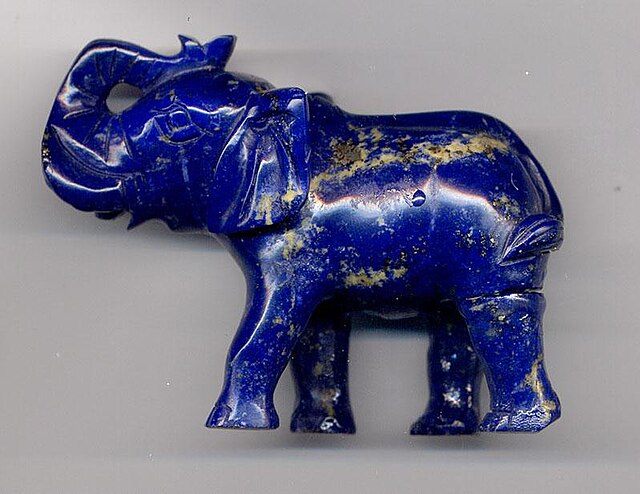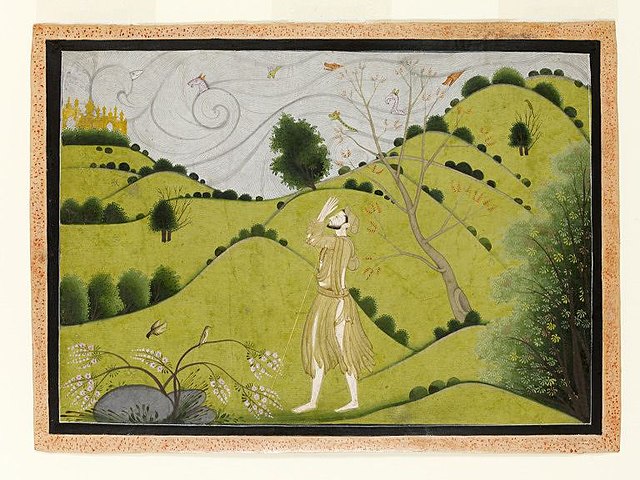The Dvārakā–Kamboja route is an ancient land trade route that was an important branch of the Silk Road during antiquity and the early medieval era. It is referred to in Buddhist, Hindu, and Jain works. It connected the Kamboja Kingdom in today's Afghanistan and Tajikistan via Pakistan to Dvārakā (Dvaravati) and other major ports in Gujarat, India, permitting goods from Afghanistan and China to be exported by sea to southern India, Sri Lanka, the Middle East and Ancient Greece and Rome.
The road was the second most important ancient caravan route linking India with the nations of the northwest.
A horse caravan.
Lapis lazuli.
A Roman coin
Dvārakā, also known as Dvāravatī, is a sacred historic city in the sacred literature of Hinduism, Jainism, and Buddhism. It is also alternatively spelled as Dvarika. The name Dvaraka is said to have been given to the place by Krishna, a major deity in Hinduism. Dvaraka is one of the Sapta Puri of Hinduism.
Dvaraka, modern Dwarka, is the setting for many chapters in Harivamsa. The city is described as near the sea, in modern-era Gujarat; a painting of the city in the 19th century (lower).
Image: Dwarka
Image: Sudama bows at the glimpse of Krishna's golden palace in Dwarka. ca 1775 1790 painting






